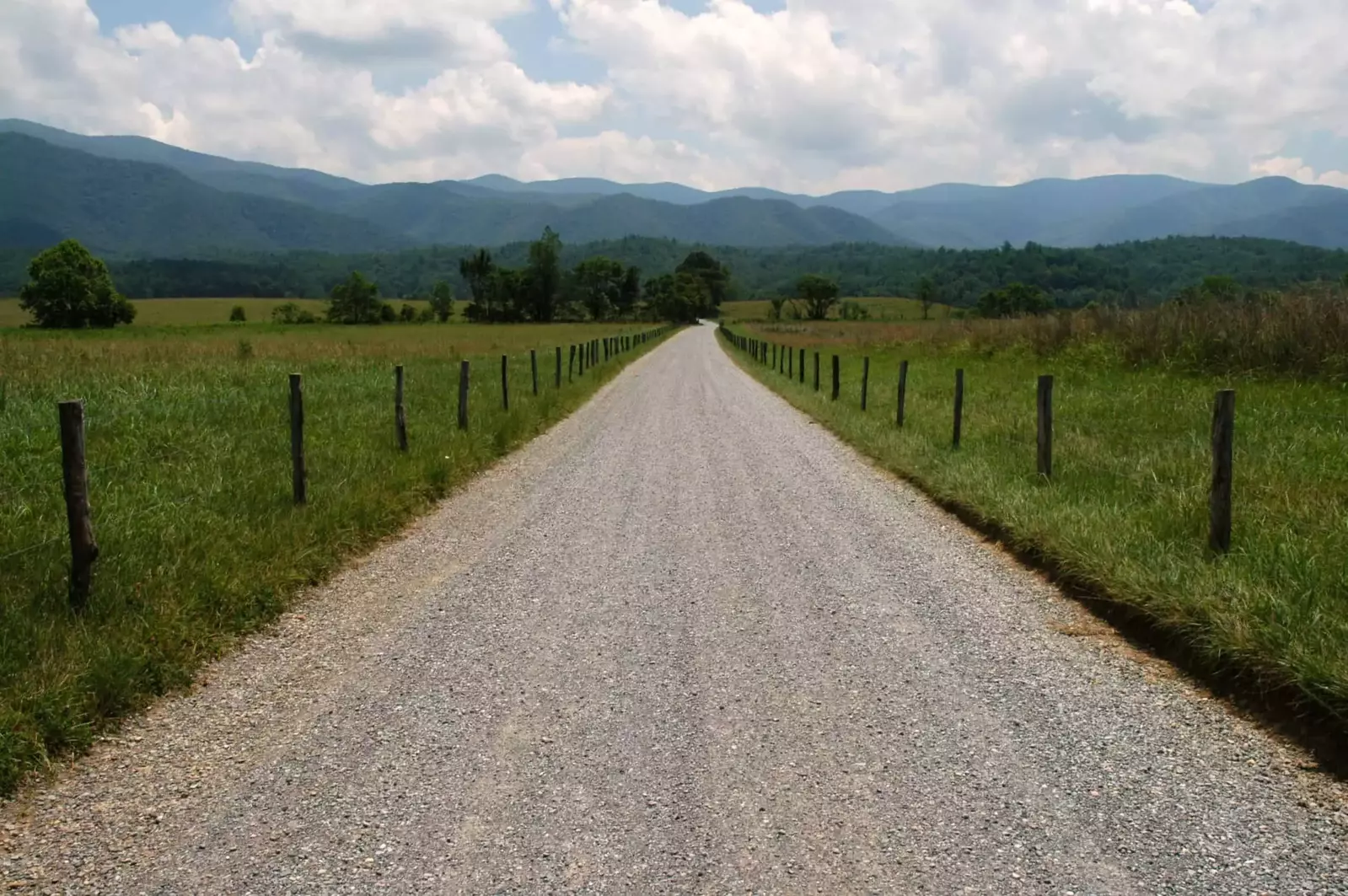As the most visited part of the Great Smoky Mountains National Park , Cades Cove brings in an estimated number of over 2 million visitors a year. While it is most known for its historic buildings and being a habitat for black bears, the area has some amazing history. Here are 4 interesting facts about Cades Cove:
1. Origin of the name
Believe it or not, Cades Coves has not always been known by that name. In fact, it has changed names several times over the years. The Cherokee Indians once called the area “Tsiya’hi” or “Otter Place.” Later on, when the first European settlers made their way to the area, the name was changed to Kate’s Cove in honor of Chief Abraham’s wife. This family has a great influence in the park. One of the most popular waterfalls, Abram’s Falls, is named after Chief Abraham. Another interesting fact about the name is that some people used to refer to The Cove as “Cage Cove.” This came from the feeling that the mountains around them had them caged in.
2. Wildlife Viewing

While most people drive through Cades Cove to try to spot black bears, there are a large variety of wildlife that call the area home. While you will not see each of these animals every time you visit, these are some of the creatures you might stumble across. First of all, The Cove is home to both red and grey foxes. They can be seen all throughout the Smokies, but really prefer to stay near forestry and open fields. The trees that are scattered throughout the park provide foxes with protection from predators. Another animal you might see while you are driving through the loop is white tailed deer. If you travel to the park in the summer months, you are likely to see a fawn prancing through the fields. If you want the chance to see a variety of wildlife, be sure to travel the loop in the early evening right around dusk.
3. Cades Cove: The Marina?
You may not know this, but Cades Cove was almost turned into a marina. When the national park was first created, people didn’t like the look of the empty fields. There was once a proposal to build a dam near Abrams Falls to create a huge lake. Luckily, there were some key environmentalists who stepped up to stop the project before it ever got started!
4. Grist Mill

Constructed by John Cable in 1868, the Cades Cove Grist Mill is the only working mill on the Tennessee side of the Smoky Mountains. In the late 1800s, this mill provided homesteads with a place to turn corn or wheat into flour. To this day, people can still visit the historic mill between April and October to watch the mill in action. The Smoky Mountain Association operates the mill and is there to answer questions about the process and the history of the mill.
Now that you have learned some interesting facts about Cades Cove, be sure to check out some more Great Smoky Mountains history! We hope you enjoy your next trip to the Smokies!


















